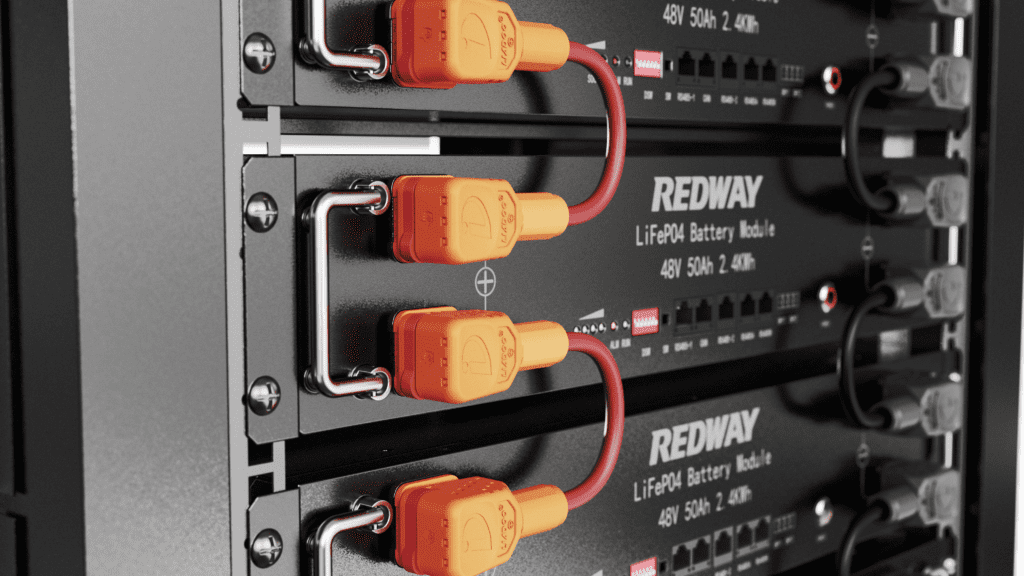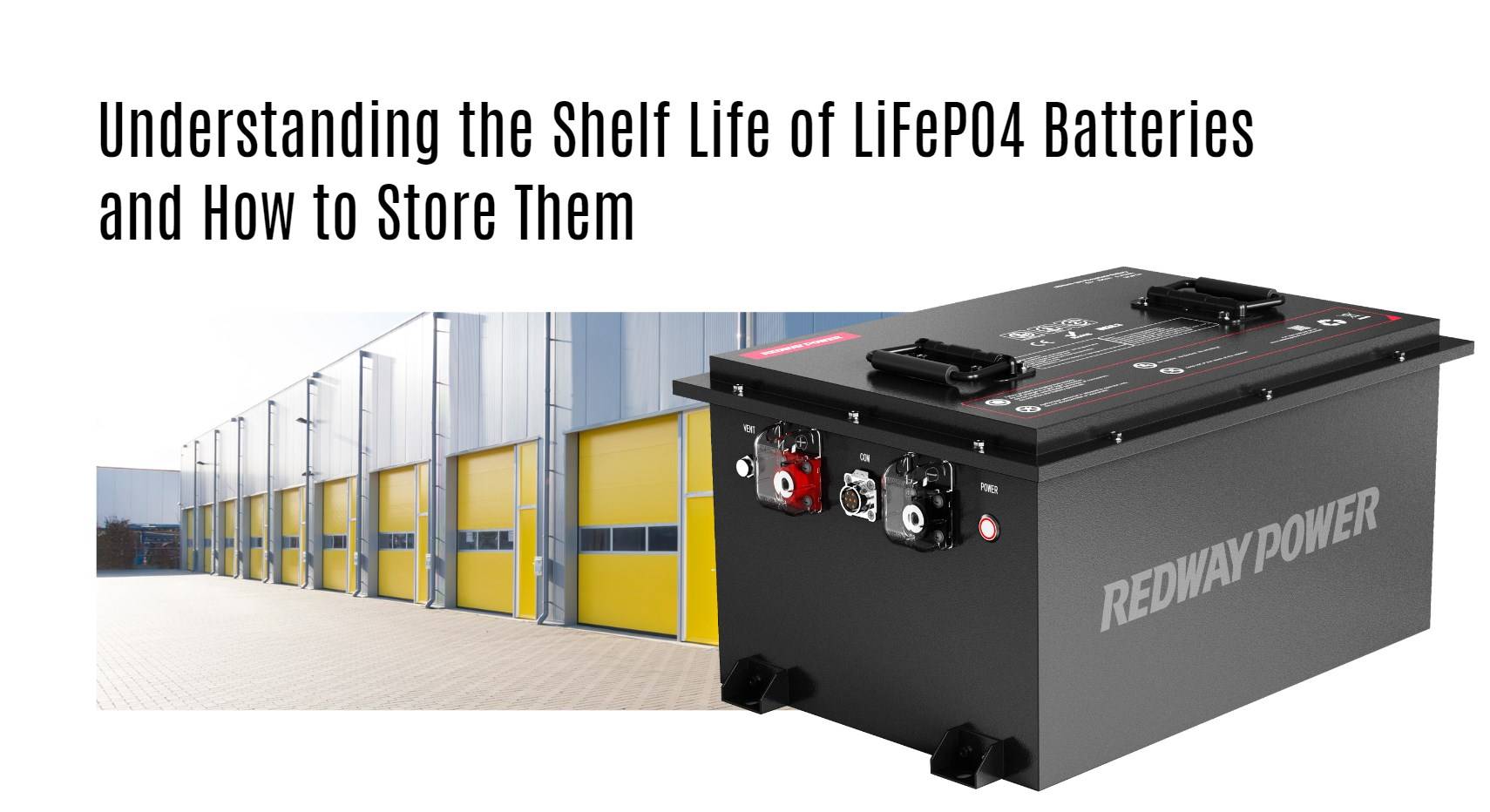LiFePO4 batteries, known for their impressive longevity and stability, typically last between 5 to 10 years when properly maintained, with some exceptional cases reaching up to 20 years under optimal conditions. Understanding their shelf life and proper storage techniques can significantly enhance their performance and reliability.
“LiFePO4 technology represents a significant advancement in energy storage solutions, particularly for applications requiring reliability over extended periods,” says Dr. Jane Smith, an energy storage expert.
Table of Contents
ToggleHow Long Do LiFePO4 Batteries Last?
LiFePO4 batteries generally have a lifespan ranging from 5 to 10 years, depending on usage and maintenance practices. Some high-quality batteries can last even longer, with reports suggesting lifespans exceeding 20 years under ideal conditions.What Factors Impact LiFePO4 Battery Life?
Several factors influence the longevity of LiFePO4 batteries:- Cycle Life: The number of complete charge-discharge cycles affects overall lifespan; higher cycle counts correlate with longer battery life.
- Temperature: Storing batteries at extreme temperatures can lead to performance degradation.
- Depth of Discharge (DoD): Keeping within recommended DoD levels maximizes lifespan.
| Factor | Impact on Lifespan |
|---|---|
| Cycle Life | Higher cycles = longer life |
| Temperature | Extreme heat/cold reduces life |
| Depth of Discharge | Optimal levels extend life |
How Can You Properly Store and Maintain a LiFePO4 Battery?
To maximize the lifespan of your battery:- Store in a cool, dry place (ideally between 0°C and 25°C).
- Avoid overcharging or deep discharging.
- Use a battery management system (BMS) for optimal health.
What Are the Disadvantages of Using LiFePO4 Batteries?
Despite their advantages, some drawbacks include:- Lower energy density compared to other lithium-ion batteries.
- Higher initial cost.
- Slower charging speeds.
How Can You Calculate the Cycle Life of a LiFePO4 Battery?
Calculating cycle life involves assessing:- The battery’s watt hours by multiplying amp hour capacity by voltage.
- Considering depth of discharge for usable watt hours.
Watt hours=Rated Voltage×Amp hour capacity=100×12=1200 WhWatt hours=Rated Voltage×Amp hour capacity=100×12=1200 Wh
What Tips Can Help Optimize the Cycle Life of Your LiFePO4 Battery?
To enhance cycle life:- Use manufacturer-recommended chargers.
- Maintain appropriate temperature conditions.
- Regularly monitor battery health through BMS.
What is the Expected Service Life of a LiFePO4 Battery?
The service life varies but typically ranges from 7 to 10 years, with many batteries rated for over 4000 cycles before significant capacity loss occurs.How Does Temperature Affect the Lifespan of LiFePO4 Batteries?
Extreme temperatures can accelerate degradation; thus, maintaining an optimal storage environment is essential for longevity.How Does Depth of Discharge (DoD) Affect Lifespan?
Maintaining an appropriate DoD (ideally around 80%) prevents unnecessary strain on the battery, thereby extending its overall lifespan.What Are Best Practices for Storing LiFePO4 Batteries?
Best practices include:- Keeping them in a stable temperature environment.
- Regularly checking charge levels and health status.
| Practice | Description |
|---|---|
| Optimal Temperature | Store between 0°C and 25°C |
| Regular Monitoring | Check charge levels periodically |
| Avoid Overcharging | Use appropriate chargers only |
Which Applications Benefit Most from LiFePO4 Batteries?
LiFePO4 batteries are particularly advantageous in applications such as electric vehicles, renewable energy systems, and portable power solutions due to their safety, longevity, and efficiency.Expert Views:“LiFePO4 technology represents a significant advancement in energy storage solutions, particularly for applications requiring reliability over extended periods,” says Dr. Jane Smith, an energy storage expert.
FAQ Section
Q: Can I store my LiFePO4 battery outside?
A: It’s best to store them indoors in a controlled environment to prevent temperature extremes.
Q: How often should I check my battery’s health?
A: Regular checks every few months are recommended to ensure optimal performance.
A: Regular checks every few months are recommended to ensure optimal performance.
Q: Is it safe to use my battery in extreme temperatures?
A: No, extreme temperatures can damage your battery; always keep it within recommended limits.
A: No, extreme temperatures can damage your battery; always keep it within recommended limits.





